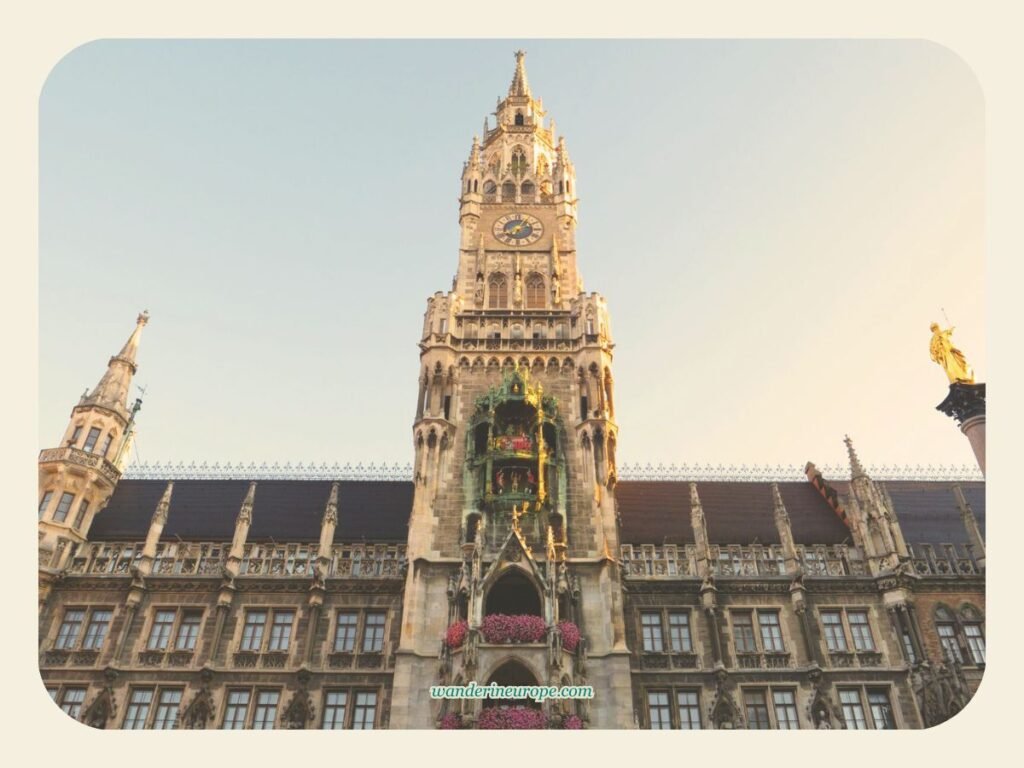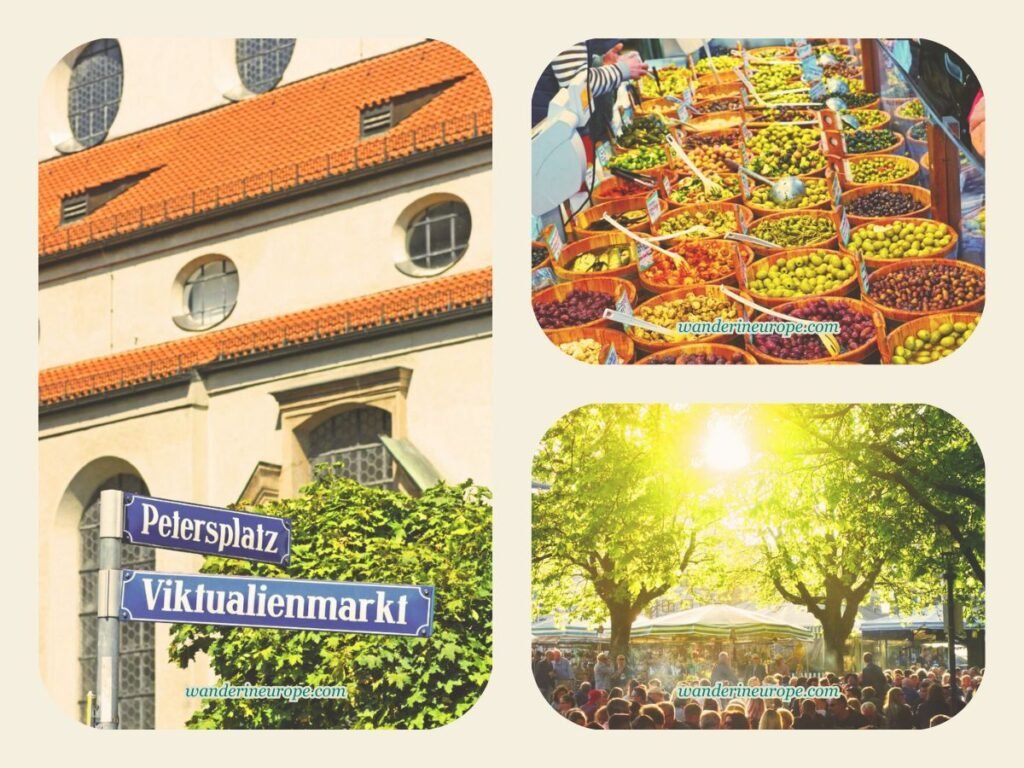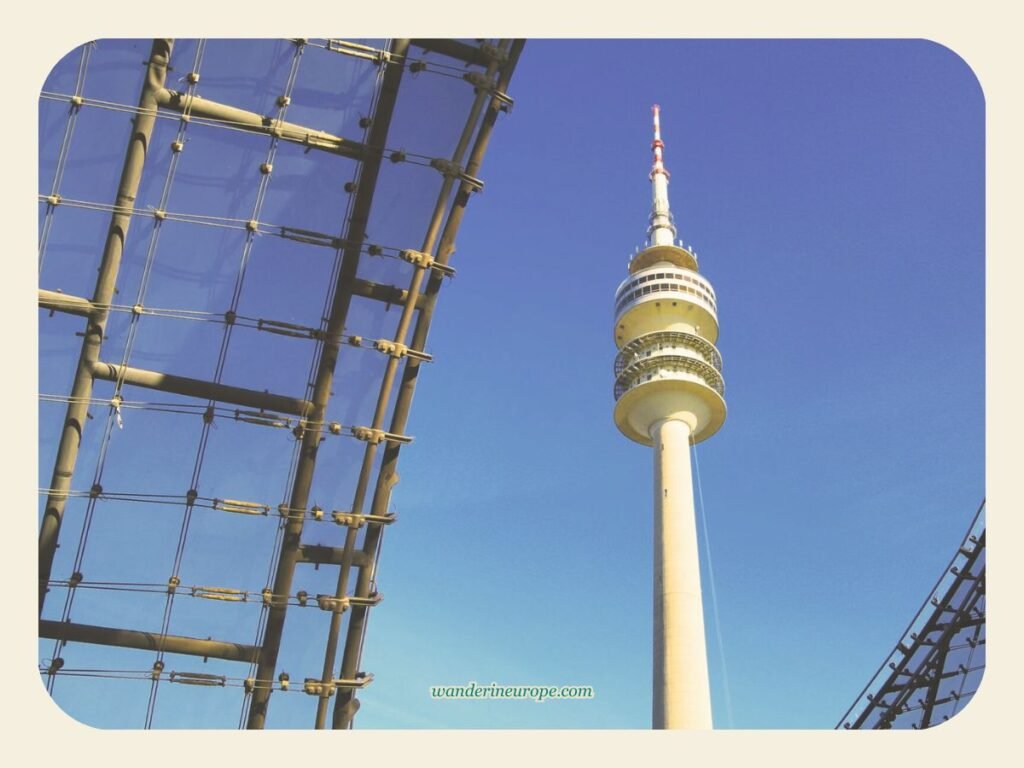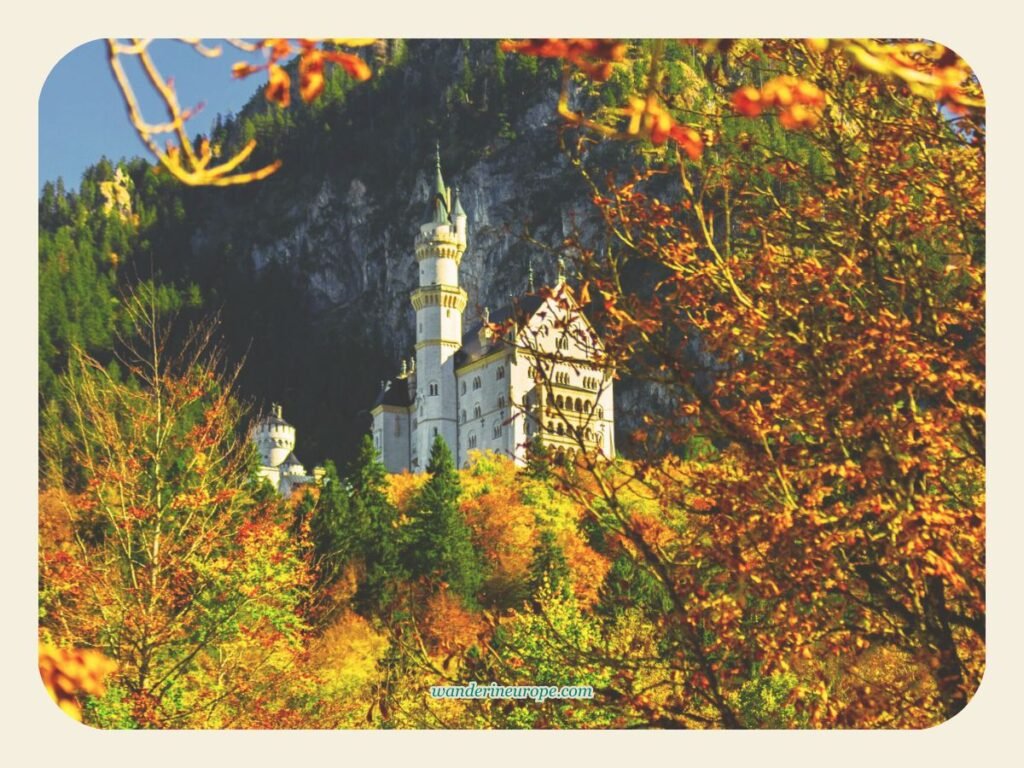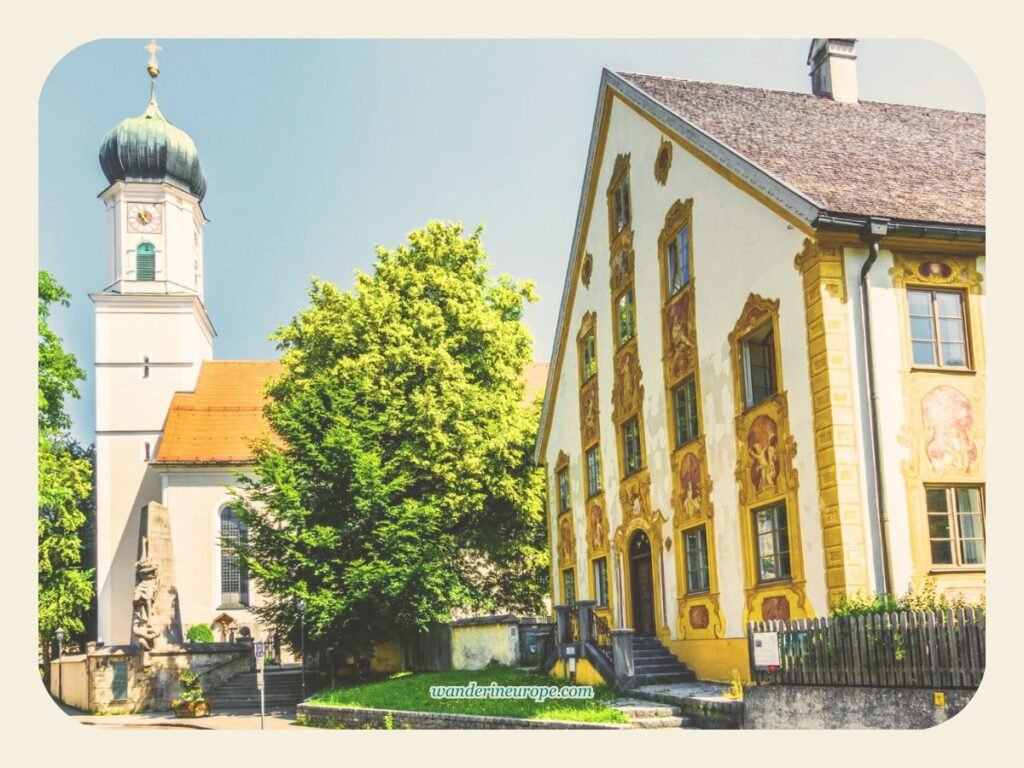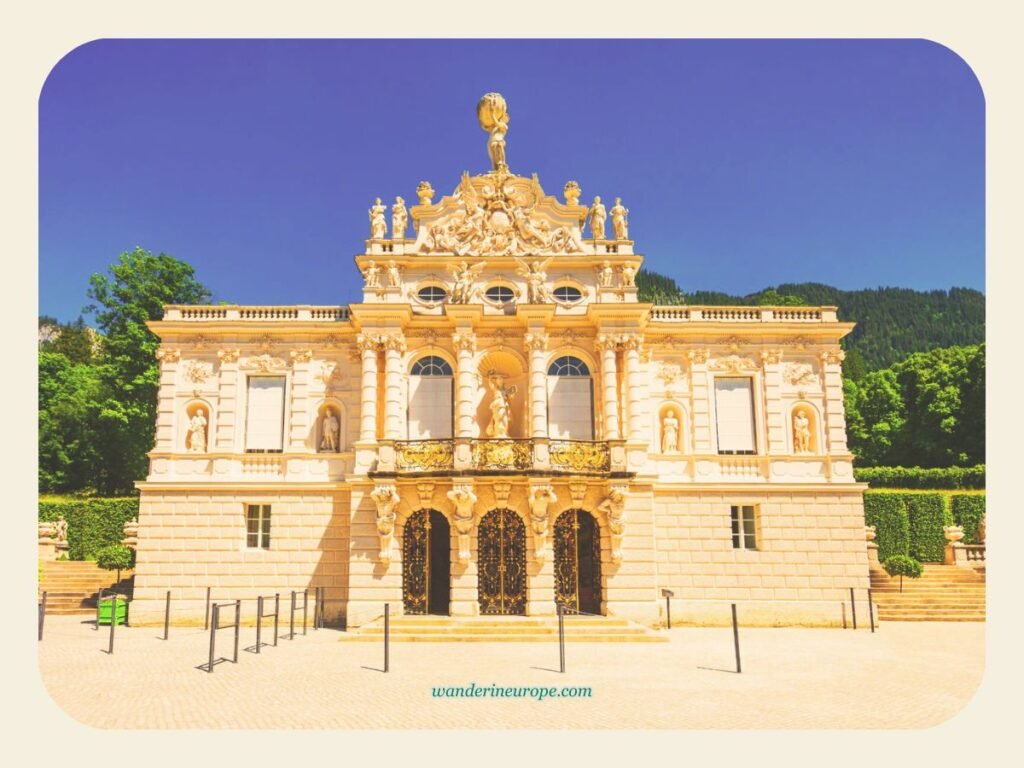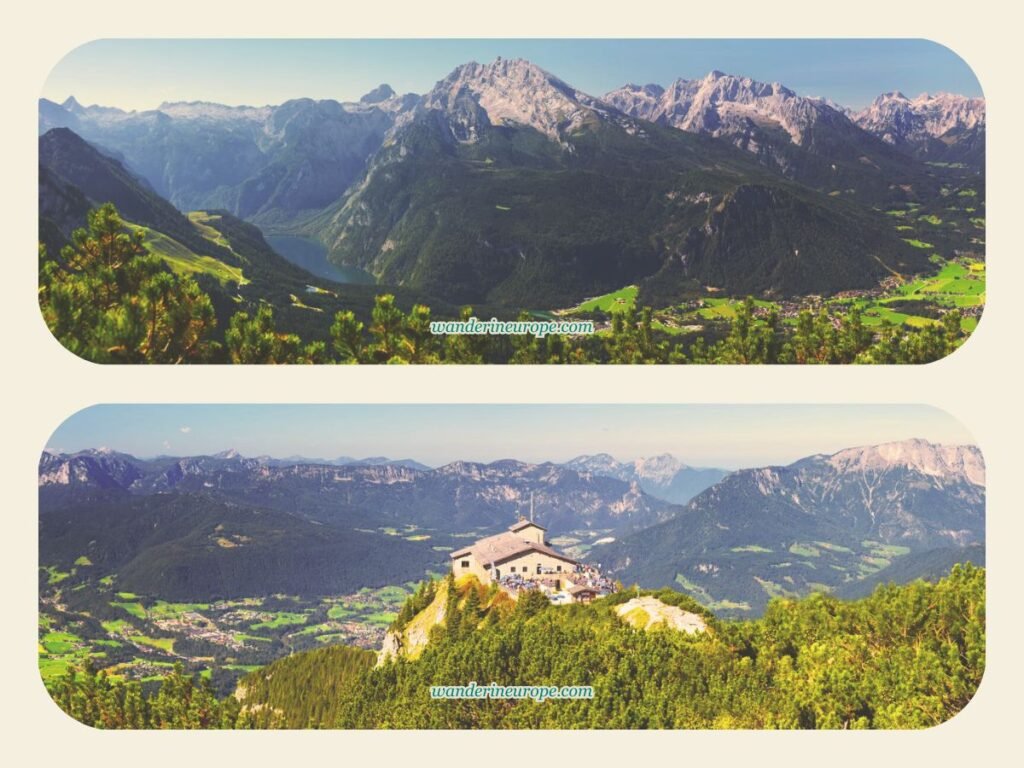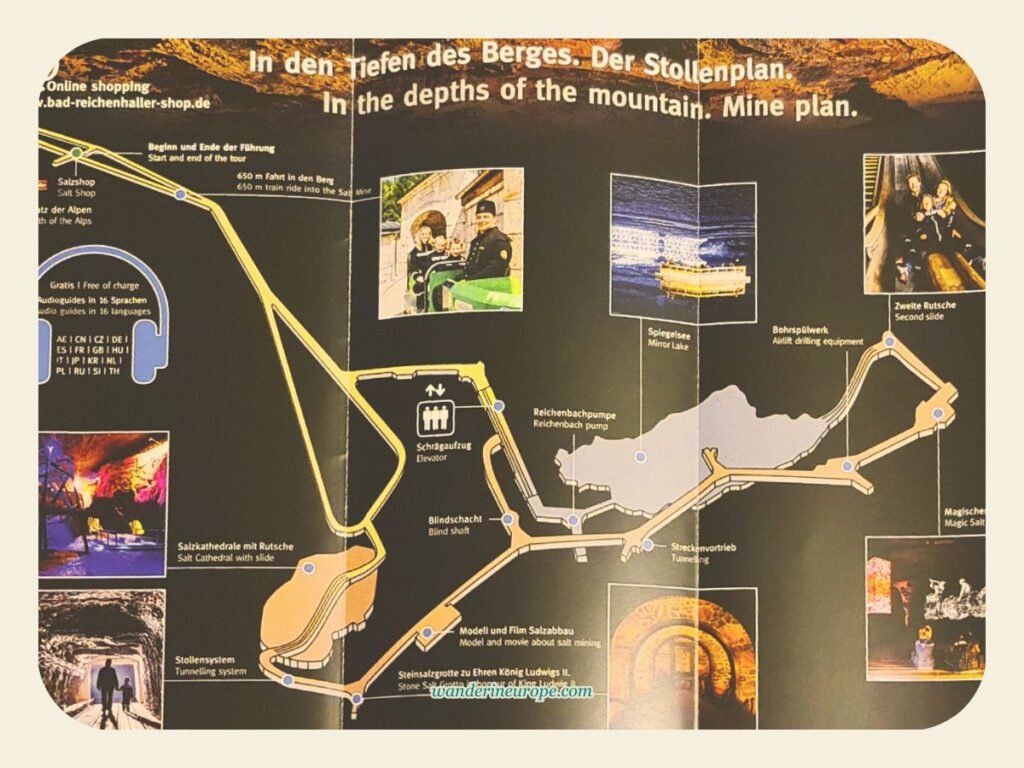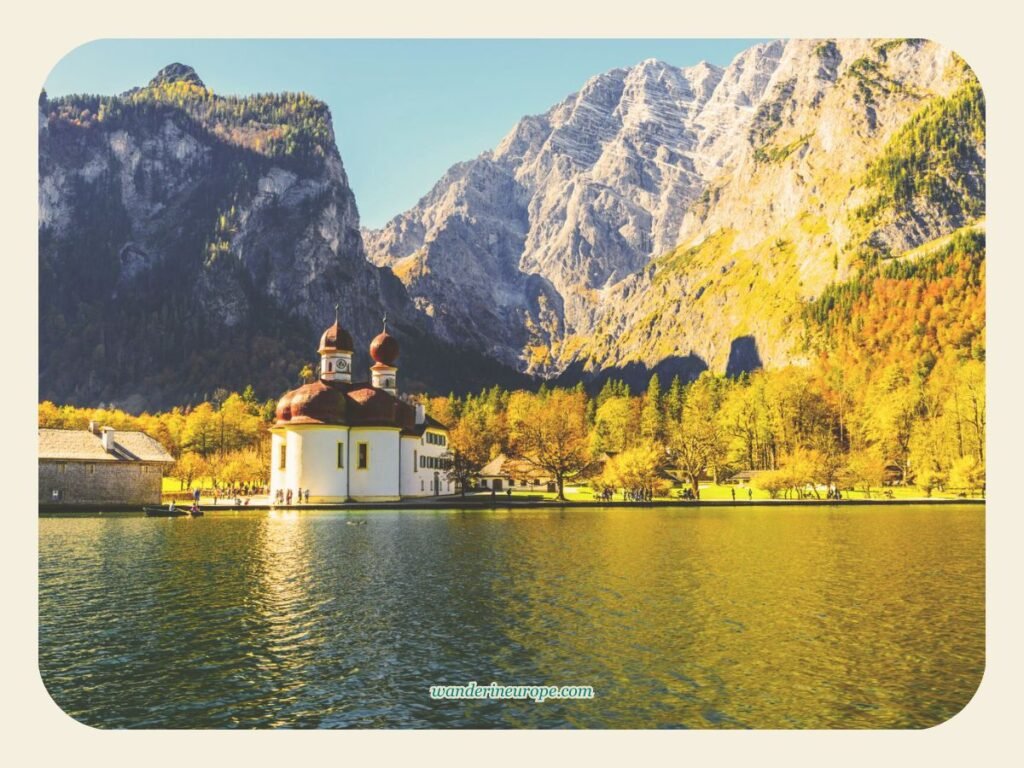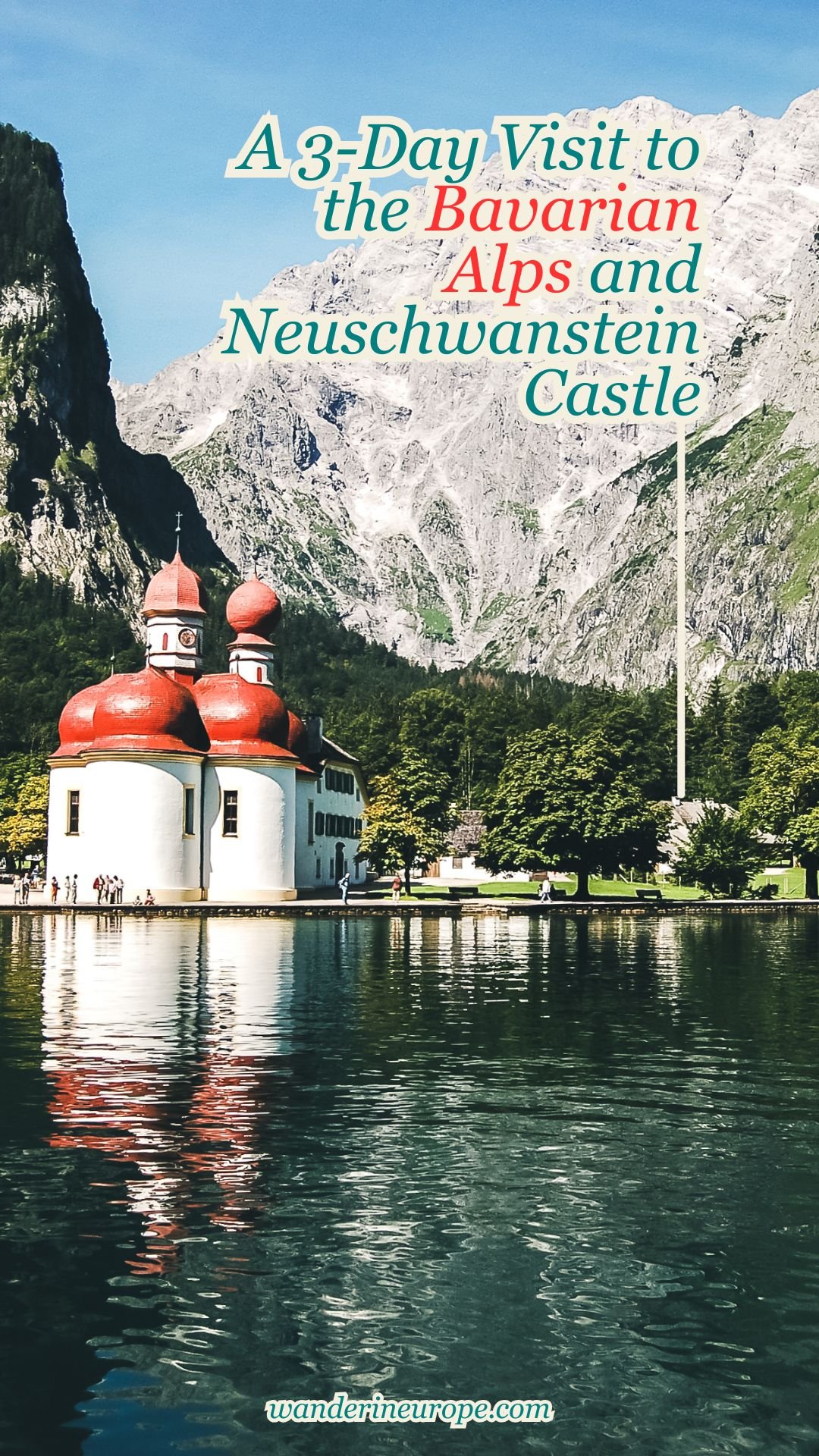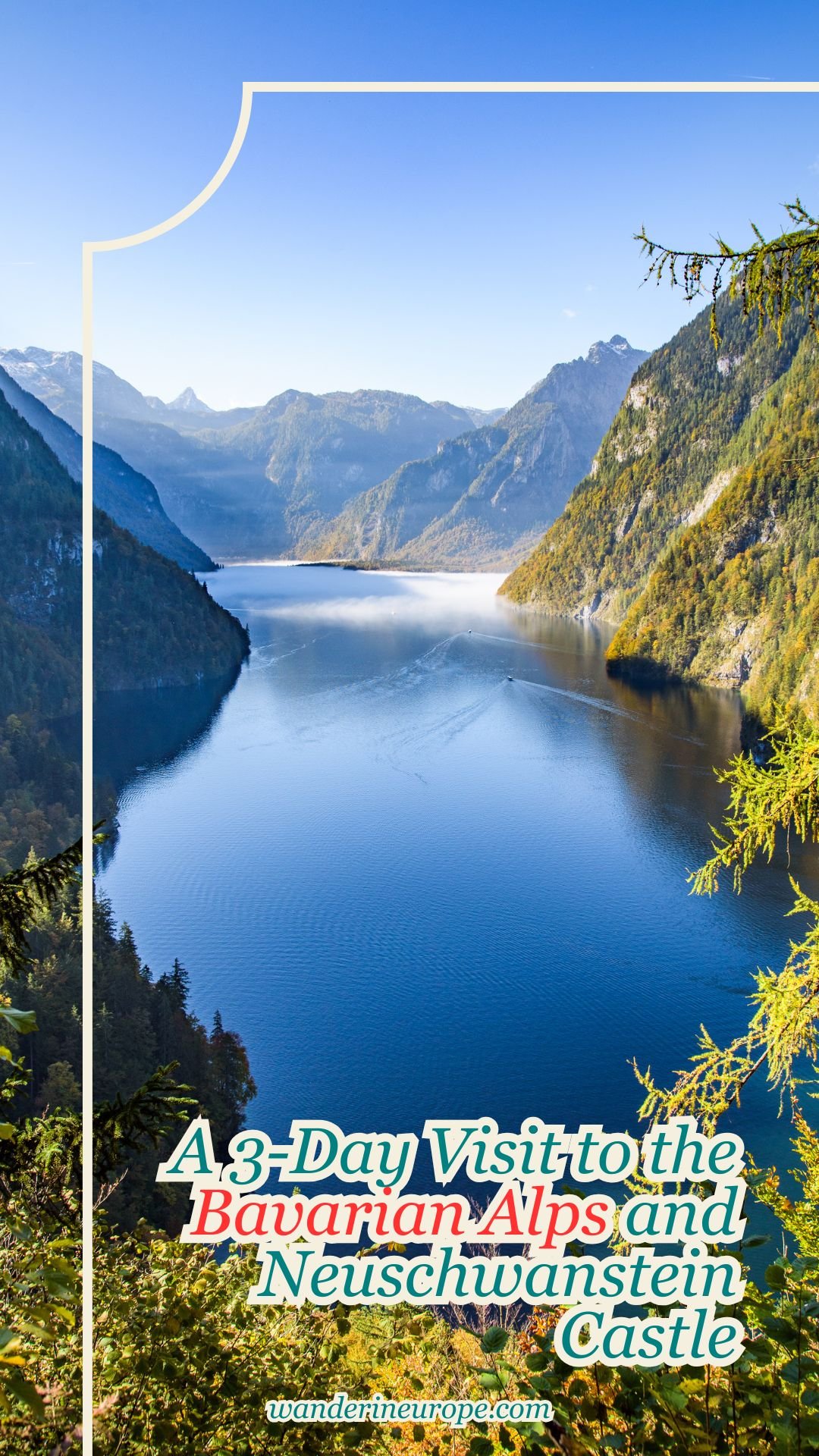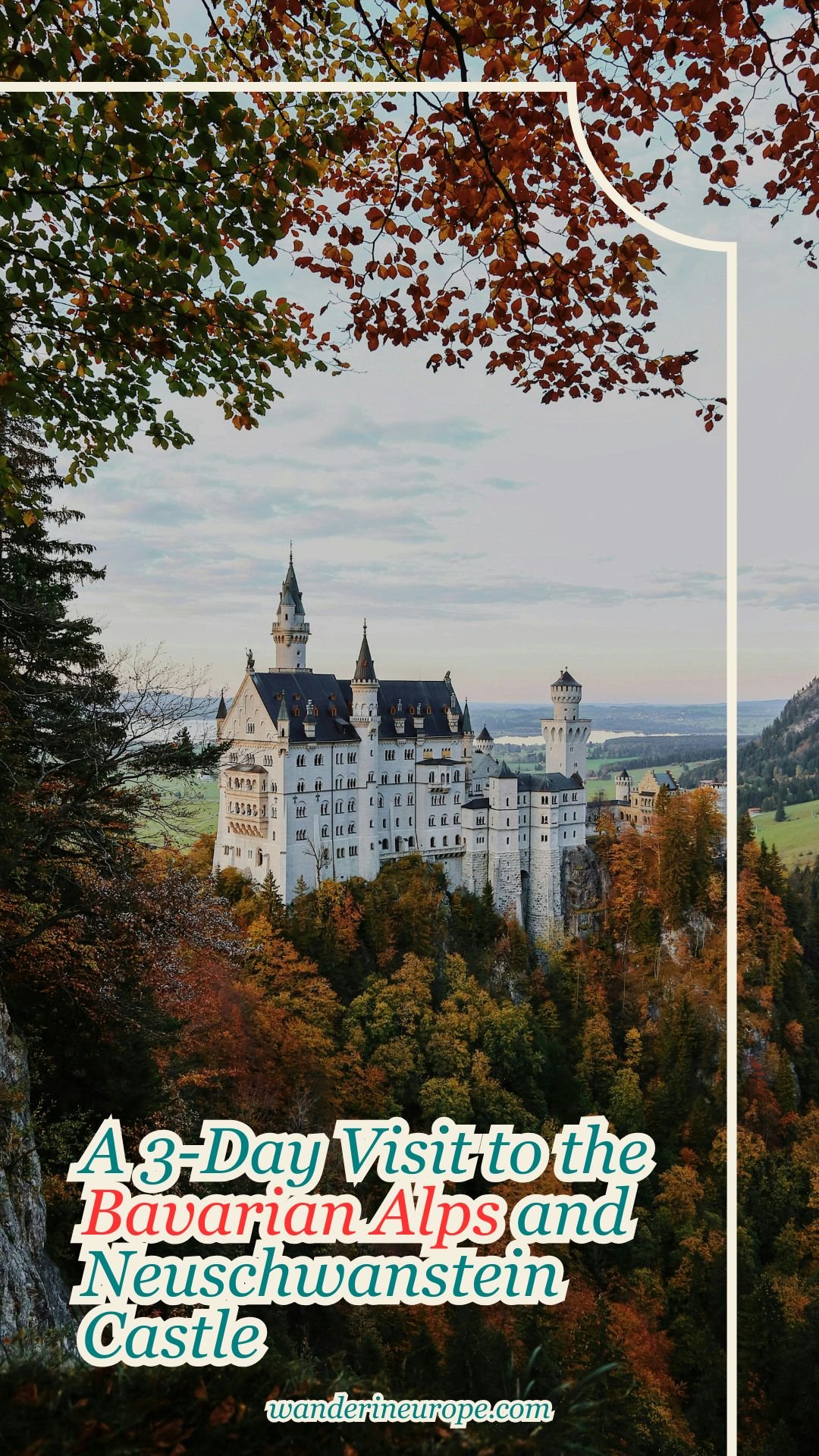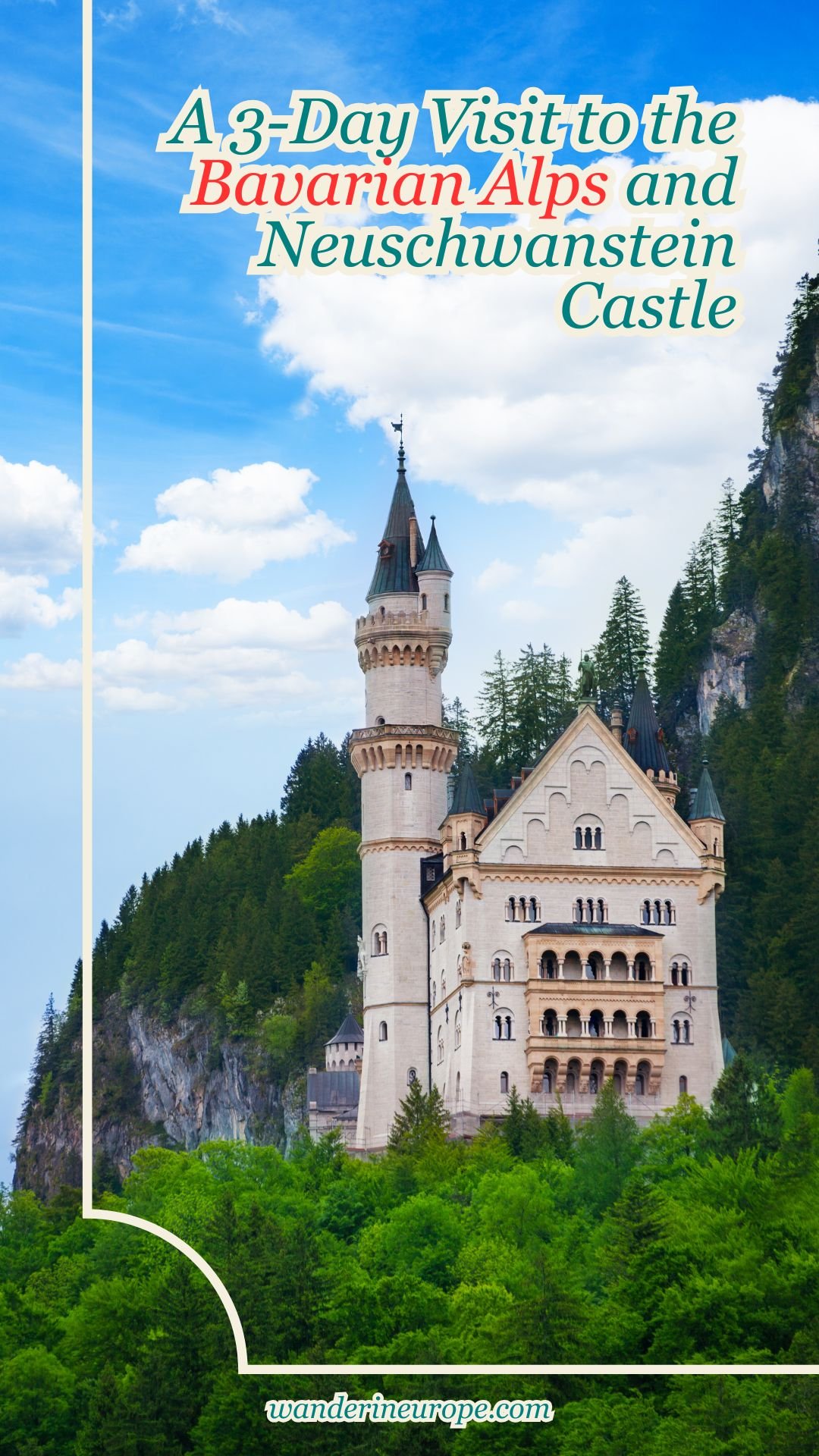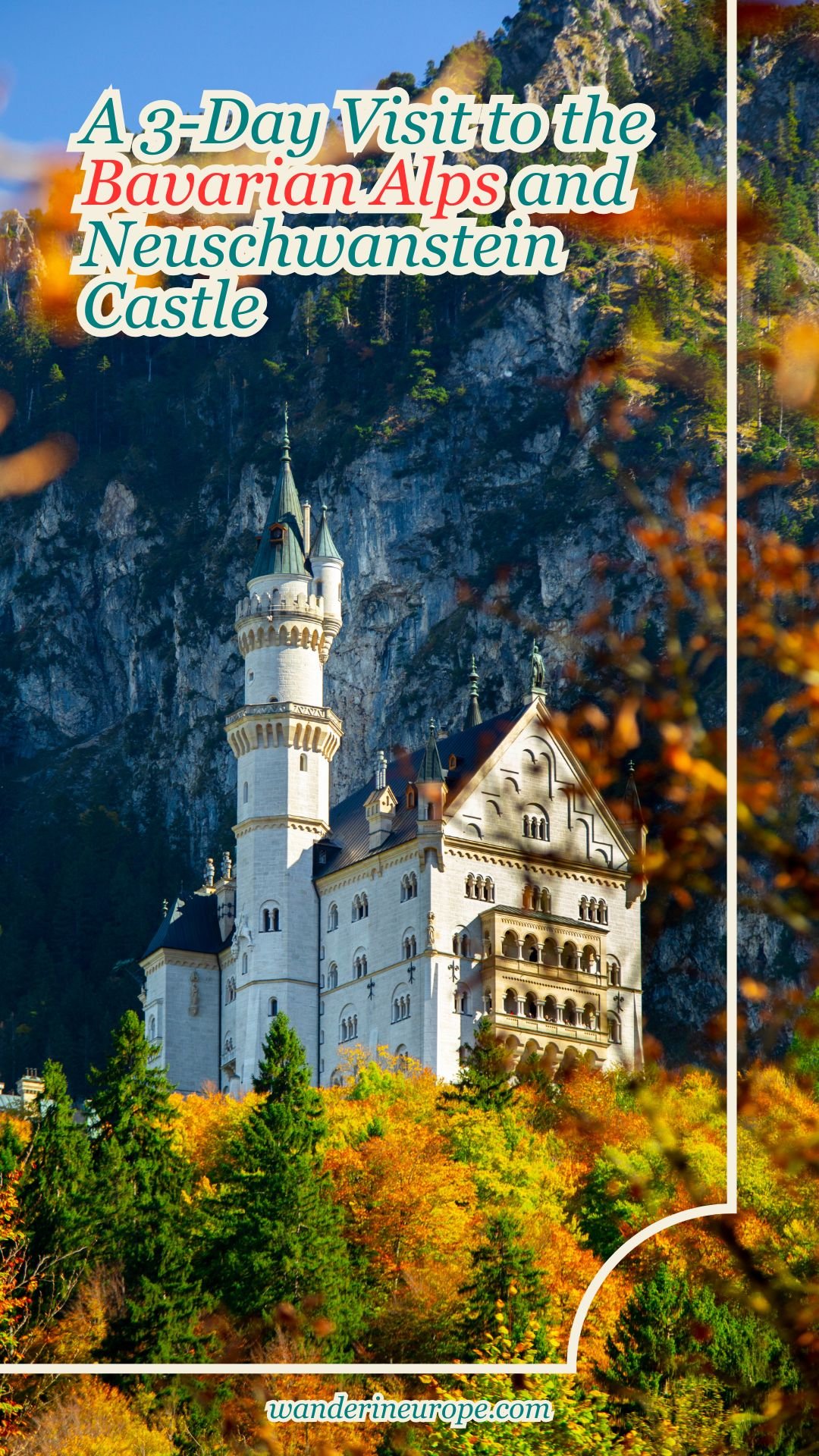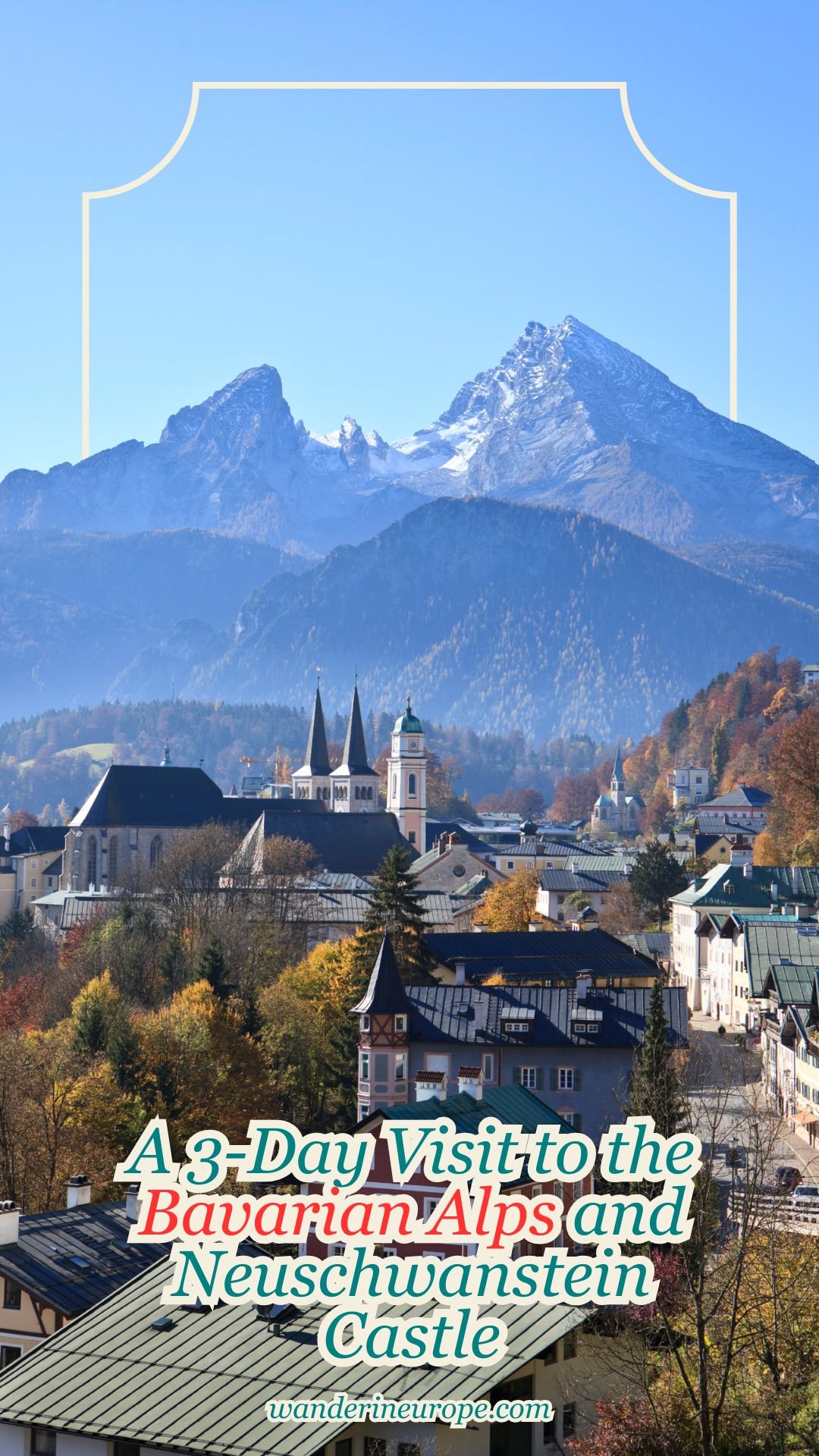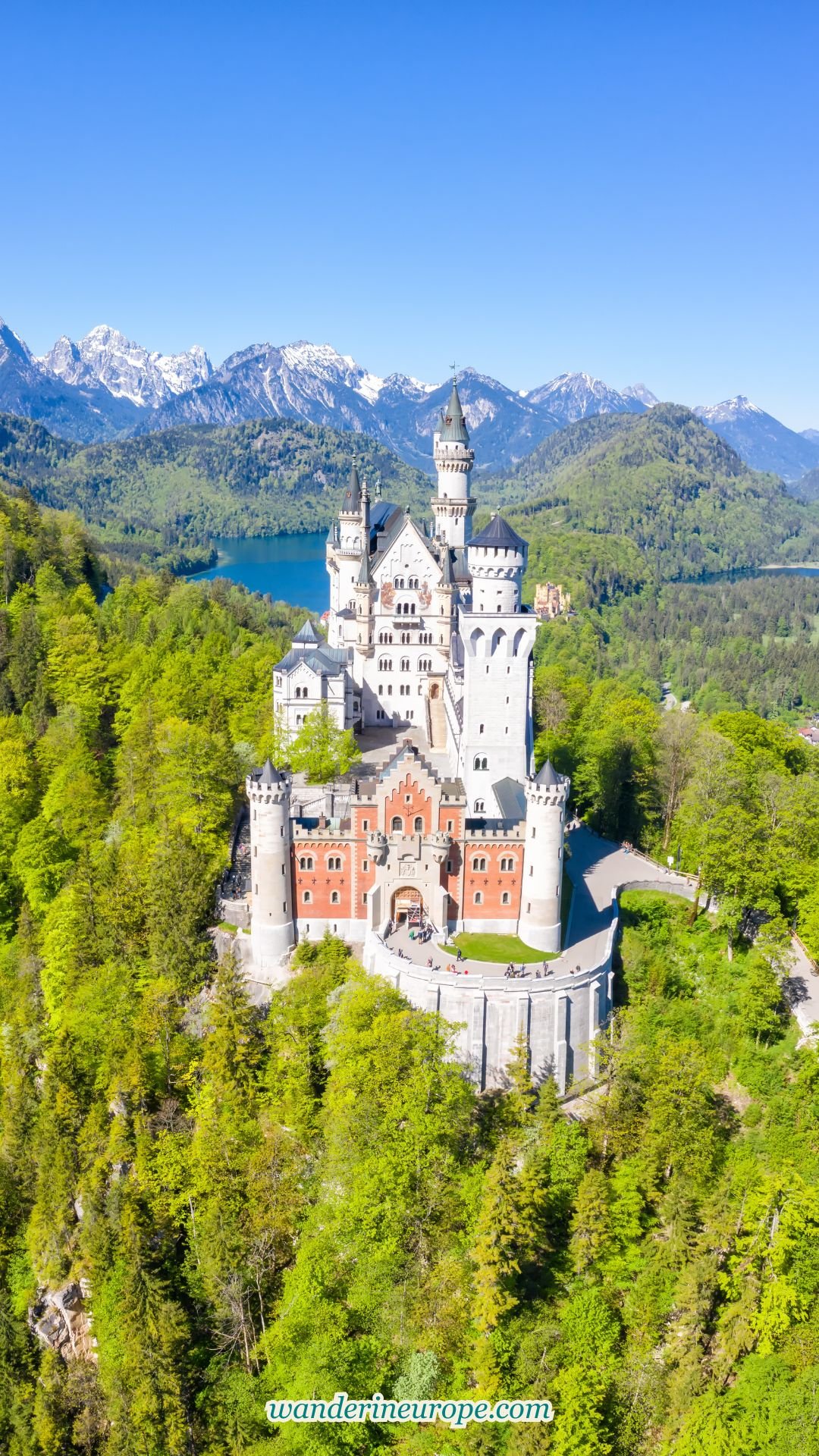A 3-Day Visit to the Bavarian Alps and Neuschwanstein Castle

Itinerary Summary
Your 3-day Bavarian Alps adventure will take you to three main destinations: Munich (your home base), Neuschwanstein Castle (a day trip), and the Eagle’s Nest in Berchtesgaden (another day trip).
- Day 1 > Welcome to Germany! This day is all about settling in—dropping off your bags at the hotel, picking up a SIM card, handling any other essentials, and a short Munich city exploration. Once everything is sorted, you can dive into Munich’s rich culture, history, and stunning architecture.
- Day 2 > Get ready for a day trip to Neuschwanstein Castle, the most famous landmark in the Bavarian Alps. If time allows, you can also visit Linderhof Palace and the charming town of Oberammergau to make the most of your journey.
- Day 3 > Immerse yourself in the breathtaking landscapes of Berchtesgaden. You’ll visit the Eagle’s Nest, an iconic historical site, and Königssee, one of Germany’s most picturesque lakes. If you have extra time, consider joining a tour of the Berchtesgaden Salt Mine, a fascinating glimpse into the region’s history. This itinerary blends culture, history, and nature, making for an unforgettable 3-day trip.
Note: While both Neuschwanstein Castle and Berchtesgaden are accessible by public transportation from Munich, I wouldn’t recommend relying on it entirely. Travel times can be long, cutting into the time you could spend exploring. I’ll dive into the details later, but, if possible, consider renting a car to maximize your time. Alternatively, joining a guided tour is a hassle-free way to experience these stunning destinations without worrying about logistics.
From great hotel deals to skip-the-line tickets and affordable eSim to cheap rentals, click here for the best hotel deals and more travel discounts.
Day 1: Munich


Munich is the perfect starting point for your three-day Bavarian Alps adventure, whether you’re flying in or arriving from another European city. As Bavaria’s capital and the gateway to the Alps, it’s not just a transit hub—it’s a destination worth exploring. That’s why your journey includes time in Munich before heading to the mountains.
Arriving in the morning gives you a full afternoon and evening to experience the city’s charm. Start with a stroll through Marienplatz, the heart of Munich, where you can admire the stunning New Town Hall. Then, wander through Viktualienmarkt, a lively food market offering local delicacies.
For a relaxing start, you can take a peaceful walk in the English Garden, one of the largest urban parks in the world. As the evening sets in, immerse yourself in Bavarian culture at the legendary Hofbräuhaus, where traditional beer and lively music create an unforgettable atmosphere.
If you’re chasing breathtaking views, head to the Olympic Tower. Standing at 291 meters, it offers the highest viewpoint in Munich. High-speed lifts whisk you up to the 185-meter viewing platform, where, on a clear day, you might even spot the distant peaks of the Alps.
Resources for Day 1
Day 2: Western Bavarian Alps (Neuschwanstein Castle, Linderhof Palace, Oberammergau)

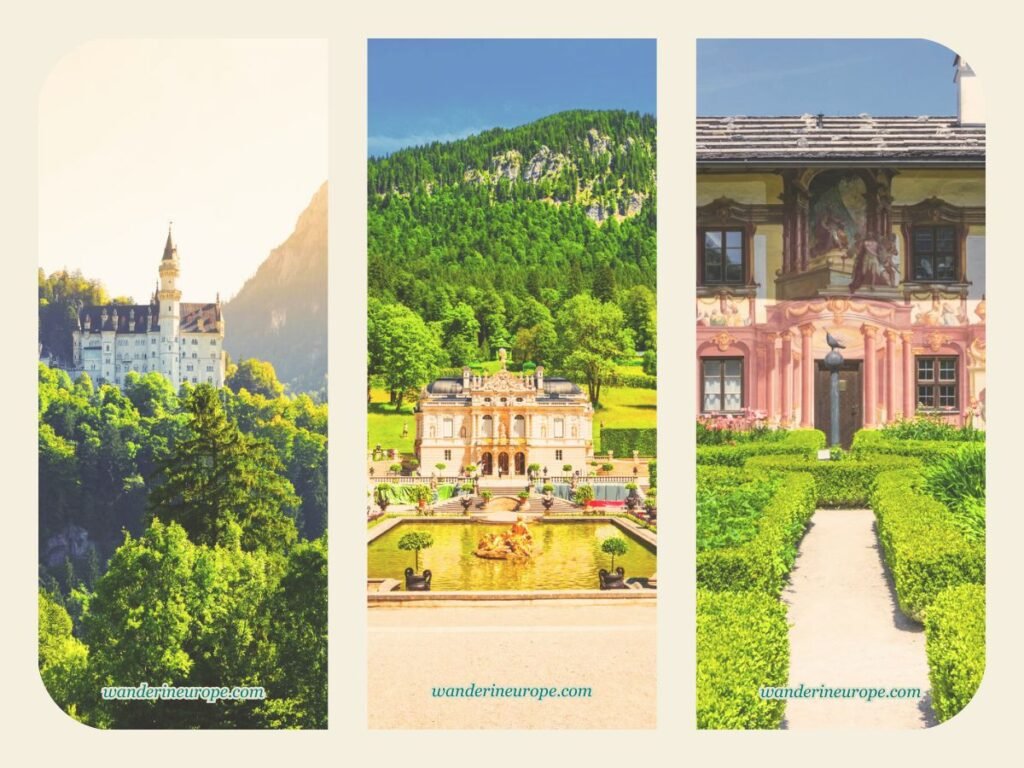

Your second day in the Bavarian Alps promises to be a magical experience, with visits to two fairy-tale landmarks and a charming village that feels straight out of a storybook. Your must-see destinations are Neuschwanstein Castle, Linderhof Palace, and Oberammergau.
Neuschwanstein Castle is the crown jewel of the Bavarian Alps and should be your top priority. Exploring the castle and its breathtaking surroundings takes time, so if you’re visiting on your own and using public transportation, you might want to save Linderhof Palace and Oberammergau for another day. Traveling between these locations by bus can be tricky—there are no direct routes, and reaching Oberammergau and Linderhof Palace from Neuschwanstein requires two transfers, taking up to three hours. That’s a lot of time spent in transit instead of exploring.
If you have a car or a driver, however, seeing all three in one day is doable. Oberammergau is just a 45-minute drive from Neuschwanstein, and from there, Linderhof Palace is only 15 minutes away. For a hassle-free experience, consider joining a guided tour from Munich. Many tours cover all three locations in a single day, while others focus solely on Neuschwanstein Castle, allowing for a deeper dive into its history and stunning landscapes.
Resources for Day 2
Day 3: Eastern Bavarian Alps (Berchtesgaden Eagle’s Nest, Salt Mine, Konigssee)

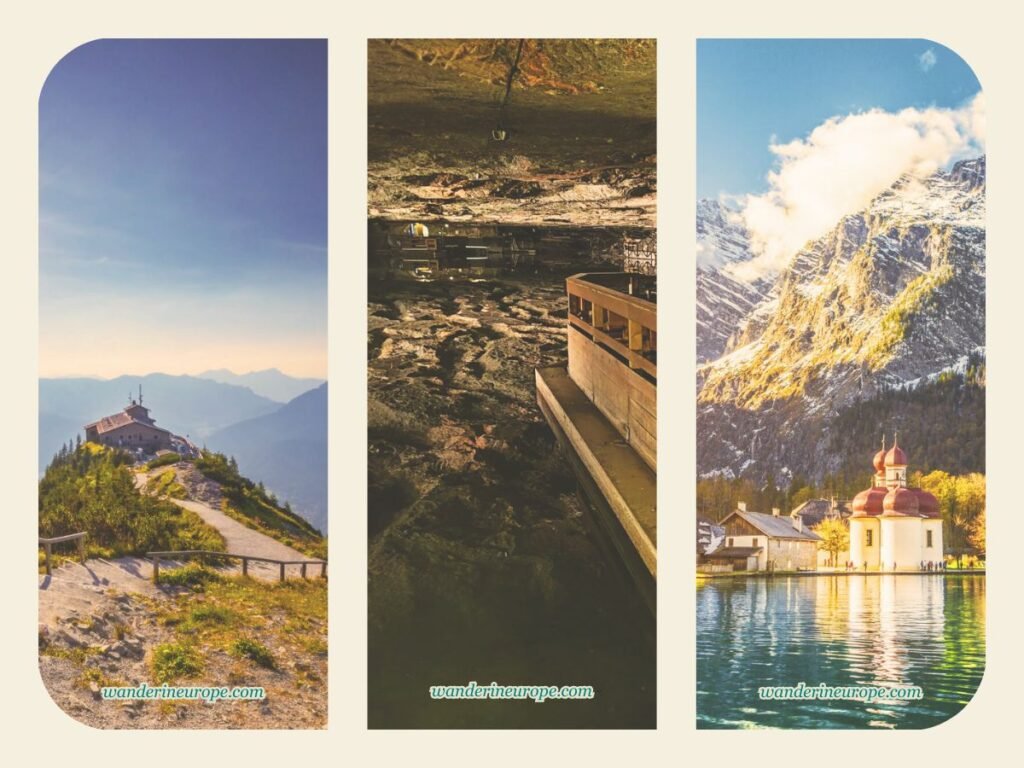

On the second day of your three-day trip to the Bavarian Alps, you’ll visit iconic landmarks like Neuschwanstein Castle, Linderhof Palace, and Oberammergau, diving into the region’s rich history. On the third day, you’ll experience the stunning natural beauty of the Bavarian Alps, which is a must-see for any traveler.
But where should you go next? You have a few options, such as Mittenwald and Garmisch-Partenkirchen. However, I highly recommend Berchtesgaden, located in the southeastern corner of Germany. It offers a unique mix of experiences, from historical sites on top of mountains (like the Eagle’s Nest) to adventures below (like the Salt Mine), plus a visit to one of the cleanest and most scenic lakes in Germany, Konigssee.
Here’s how you can spend a day in Berchtesgaden visiting these attractions:
- Experience all: Konigssee (Morning) —> Eagle’s Nest (Lunch or Early Afternoon) —> Salt Mine (Late Afternoon)
- Nature focused: Konigssee (Whole morning until late lunch) —> Eagle’s Nest (Afternoon)
- Cloudy weather: Konigssee + Salt Mine + Old Town Berchtesgaden
Berchtesgaden’s close proximity to Salzburg, just a few kilometers away, adds another advantage to your trip. In just 30 minutes by car or an hour by public transportation, you can reach this Austrian city, expanding your travel experience beyond Bavaria. Salzburg is rich in history and culture, with landmarks tied to Mozart and “The Sound of Music,” along with many other attractions. You might even choose to end your journey here, as Salzburg’s airport provides a convenient departure point for your return home.
Given that Munich is about an hour and a half away by car or two and a half hours by train, a round trip from Munich to Berchtesgaden in a single day may not be the most efficient plan. Instead, a better itinerary would be to travel from Munich to Berchtesgaden, spend the day exploring its sights, and then continue to Salzburg. This approach maximizes your time and enhances your travel experience—highly recommended!
Unlike the second day of your three-day Bavarian Alps trip, where renting a car or joining a tour is essential to make the most of your day, the third day doesn’t require it as much. However, if it’s your first time in Berchtesgaden and you don’t have much time to plan, I’d recommend joining a tour. Visiting spots like Eagle’s Nest and Königssee can be a bit tricky, requiring multiple steps and some research to fully enjoy them.
But don’t worry! If you’d rather explore on your own, I’ve got you covered with all the details you’ll need in my posts which you’ll find in the resources section. Below is a breakdown of how you can spend your day in Berchtesgaden, visiting Eagle’s Nest, the Salt Mine, and Königssee.
Resources for Day 3
Where to Go Next?
Bavarian Alps neighbor more beautiful sights, not only Salzburg.
Head south, and you’ll discover Innsbruck, the capital of the historic Tyrol region. Much like the towns in the Bavarian Alps, Innsbruck offers stunning alpine views, but that’s not all! Unique treasures await you, like the Innsbruck Court Church and Ambras Castle. In fact, simply strolling through the old town reveals landmarks such as the Golden Roof, where the region’s rich history comes to life. To reach Innsbruck, just take a one-hour train ride from Munich. Two days are ideal to explore all the must-see spots, though one day will cover the highlights.
On the other hand, head north to explore the rest of southern Germany’s incredible destinations. Take Nuremberg, for example, where you’ll find so much to see, you’ll want at least three days to experience it all.
For a convenient, unique, or more enriching visit, check out these experiences and services:


Pin this to save it for later or bookmark it to read anytime.


